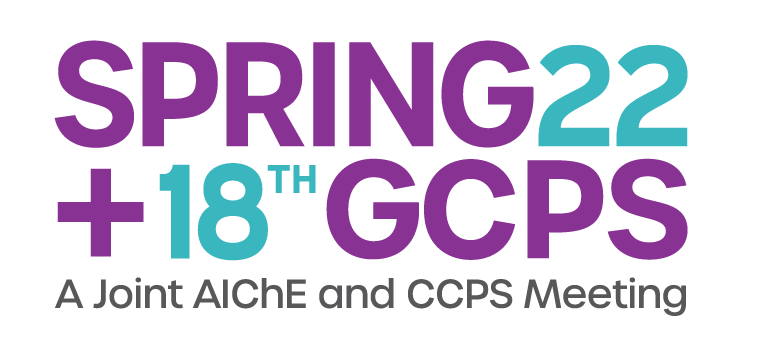

The dollar loss from the fire is calculated to approach or exceed $1B in today's dollars. It took over 1-million person hours to clean-up the facility after the fire. Further the fire resulted in the loss of production of nuclear triggers for the US arsenal. The main contributor to the fire was the excessive combustible loading within the facility that consisted of neutron shielding and glovebox plexiglass windows. Further, the facility was not protected with an automatic sprinkler system.
As a result of this fire, the Department of Energy (at the time the United States Atomic Energy Commission), revamped it's overall fire protection program and under went a massive improvement program of installing automatic sprinklers throughout the complex. Other actions including reducing the amount of combustible neutron shielding, providing fire detection within gloveboxes, and the inclusion of fire detection and suppression for exhaust filter plenums. As a result of these actions, currently the DOE has an exceptional fire loss record, that is significantly less than normal industries.
The back side of DOE's success is that fact we can't ease-off on our fire protection program efforts and forget about our past. We must ensure a fire like this never happens again in the nuclear weapons production complex. Fire Protection Engineers have many useful tools to ensure we operate these facilities safely. These tools include taking a performance based approach to facilities and processes, fire modeling, fire testing, etc. The author is using these tools today in supporting the Department of Energy with their ongoing multi-billion projects across the agency.
Presenter(s)
Language
Pricing
Individuals
| AIChE Member Credits | 0.5 |
| AIChE Pro Members | $19.00 |
| Employees of CCPS Member Companies | Free |
| AIChE Graduate Student Members | Free |
| AIChE Undergraduate Student Members | Free |
| AIChE Explorer Members | $29.00 |
| Non-Members | $29.00 |
